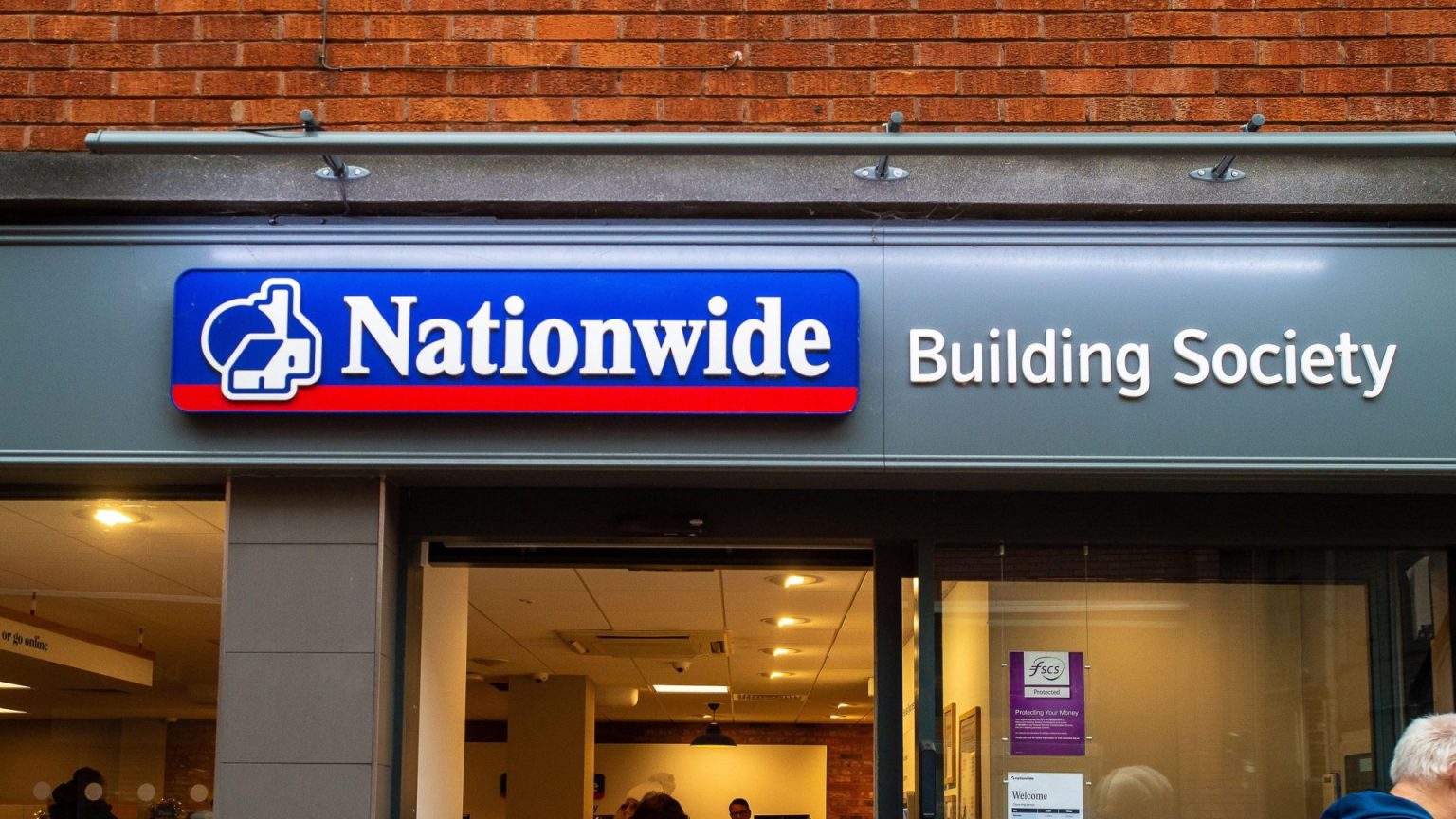Nationwide Building Society, the UK’s largest building society, has announced significant reductions in interest rates across a vast majority of its savings accounts, impacting nearly 90 different products. This move follows the Bank of England’s decision in November to lower the base rate from 5% to 4.75%, a rate which remained unchanged in December. The base rate serves as a benchmark that influences the interest rates offered by financial institutions on various products, including savings accounts, mortgages, and credit cards. While a base rate cut can be advantageous for borrowers by potentially lowering mortgage rates, it often negatively impacts savers, as the returns on their deposits diminish. Nationwide’s decision reflects a broader trend among savings providers to adjust their interest rates in response to base rate fluctuations.
The specific impact on individual savers hinges on the type of savings account they hold. Easy-access accounts, characterized by the flexibility to withdraw funds at any time, are particularly susceptible to interest rate adjustments. Nationwide has implemented reductions ranging from 0.1% to 0.26% on 89 of its variable-rate easy and instant access savings and cash ISA accounts. While acknowledging the impact of these changes on savers, Nationwide’s director of retail products emphasized efforts to minimize the effects, highlighting the decision to maintain rates on popular accounts like the Flex Regular Saver. He further asserted that Nationwide’s savings range remains competitive and reiterated the institution’s commitment to providing value to its members, pointing to the substantial £950 million returned in member financial benefits during the first half of the year.
The rate cuts encompass a wide spectrum of Nationwide’s savings products. Among the 55 non-ISA savings accounts affected, the majority are easy-access accounts, allowing customers unrestricted access to their funds. However, some of these accounts impose temporary interest reductions in months where withdrawals are made. Many accounts previously offering around 2.05% interest will now yield 1.8%, impacting popular options like the Branch Easy Access, Cashbuilder Book, Cashbuilder Card, and Direct Easy Access accounts. Other accounts, such as the 1 Year Triple Access Online Saver and various “Smart” accounts, face smaller reductions of 0.1% and 0.25% respectively.
Nationwide has also reduced interest rates on 34 ISA accounts. ISAs, or Individual Savings Accounts, offer tax-free savings on deposits up to £20,000 annually, making them an attractive option for long-term savings. The majority of affected ISAs are easy-access, allowing penalty-free withdrawals. Most variable cash ISAs will see a 0.25% reduction, including popular options like the Branch Easy Access ISA, “Easy” ISAs (Easy Access, Easy Cash, Easy Saver, e-Isa), Direct Cash ISA, Inheritance ISA, Instant Access ISA, Instant ISA Saver, ISA Bond ex TESSA, Online ISA Issue 8, and Web ISA. Smaller reductions apply to other ISA accounts, such as the 1 Year Triple Access Online ISA, Branch Reward ISA, and Loyalty ISA, which will each see a 0.1% decrease. However, some savers will benefit from rate increases, with the Branch Single Access account seeing a 0.75% boost, raising its rate from 2.8% to 3.55%.
In light of these changes, savers with funds in affected Nationwide accounts may consider exploring alternative options offering higher returns. High street banks often offer less competitive interest rates compared to challenger banks, which, due to lower operating costs, can attract customers with more appealing rates. Some providers offer easy-access accounts with interest rates as high as 5%. Savers should be aware of the different types of savings accounts available, including fixed-rate accounts, notice accounts, easy-access accounts, and regular saver accounts, each with its own set of advantages and disadvantages.
Fixed-rate accounts offer higher interest rates but lock in funds for a specified period, limiting flexibility. Notice accounts offer slightly lower rates but allow access to funds after a predetermined notice period. Easy-access accounts provide unrestricted access to funds but typically offer lower returns. Regular saver accounts offer competitive rates but require consistent monthly deposits. ISAs, a distinct savings vehicle, provide tax-free savings up to a specified annual limit.
Given Nationwide’s widespread rate reductions and the potential for further base rate adjustments by the Bank of England, savers are encouraged to actively seek out the best available rates. Resources such as MoneyFacts and price comparison websites like Compare the Market and Go Compare offer comprehensive overviews of available savings products and can assist in identifying accounts that align with individual savings goals and risk tolerance. Understanding the nuances of different savings account types—fixed-rate, easy-access, and regular saver—empowers savers to make informed decisions and optimize returns in a dynamic interest rate environment. Taking proactive steps to research and compare available options can mitigate the impact of rate cuts and ensure that savings continue to grow effectively.


